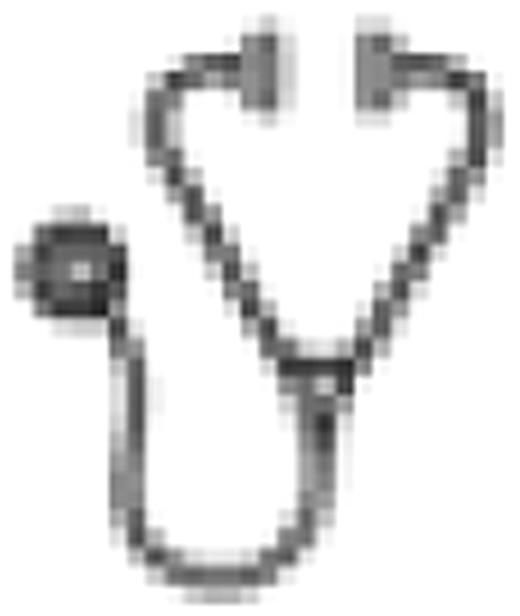Abstract
Abstract 167
Anemia of inflammation is the second most common form of anemia in the general population, and its impact on patient well-being is largely underestimated. Anemia cause by inflammation is multi-factorial and includes hepcidin-induced iron restricted erythropoiesis as well as direct cytokine effects on the bone marrow, erythropoietin production and efficacy, and on the lifespan of red cells. Many murine models of anemia of inflammation are unreliable or cumbersome, but a new model introduced by Sasu et al (Blood, 2010) using a single intraperitoneal injection of heat-killed brucella abortus antigen (HKBA) has proven reproducible and robust. We have used this model to explore the role of interleukin-6 and bone marrow derived cell production of hepcidin in anemia of inflammation (AI). First, we sought to explore the effect this model of AI in wild type mice, iterleukin-6 knockout mice (IL6-KO) and hepcidin knockout mice (Hamp-KO) (n≥15 for each group). We followed these mice for 7 weeks with weekly CBC's to observe the severity and time to recovery from anemia. Wild type mice were most affected 2 weeks after injection and slowly recovered over 7 weeks (HgB at 2 week = 6.4g/dl ± 1.2). IL6-KO mice were equally affected initially, with similar hemoglobin values at 2 weeks (6.9g/dl ± 1.3) and recovered by 6 weeks. Hamp-KO mice were less affected throughout the course of anemia, with hemoglobin values of 10.8g/dl ± 0.7 at 2 weeks with resolution by week 4. IL6-KO mice began to recover more quickly than wild type mice by week three, with hemoglobin values of 10.9g/dl ± 1.5 at that time, compared to wild type mice at 3 weeks with hemoglobin values of 7.4g/dl ± 0.7 (p= 0.0001). We believe that this demonstrates that interleukin-6 and hepcidin do coordinate to contribute to anemia of inflammation, but that there may be independent effects or additional factors. To address these questions, we are currently evaluating iron-related gene expression in these groups of mice as well as evaluating iron stores at multiple time points. We also evaluated serum cytokine levels in each of these groups of mice. We found similar elevations TNF-alpha and interferon gamma in all three groups at 6 and 24 hours. We found similar elevations of IL-6 in wild type and Hamp-KO mice at 6 and 24 hours. Bone marrows and spleens form each group of mice were evaluated at 2 weeks by flow cytometry using ter119 and CD44 to evaluate specific effects on erythroid maturation. This evaluation demonstrated a a profound inhibitory effect on erythropoiesis and, in particular, on the production of erythroid progenitor cells, showing a similar profile by flow cytometry between the three groups. In vitro studies have suggested that macrophage production of hepcidin is important in the development of AI (Theurl et al 2008). We evaluated the importance of bone marrow derived cell production of hepcidin on the development of AI using bone marrow chimeras. Using 600cGy × 2 as a preparative regimen, we transplanted wild type mice with bone marrow from Hamp-KO mice. We also irradiated Hamp-KO mice and transplanted them with wild type marrow. We injected these two groups of mice as well as wild type and Hamp-KO controls, we followed them for a period of 4 weeks with weekly CBC's to evaluate the degree of anemia. Hemoglobin values of wild type mice transplanted with Hamp-KO marrow were statistically indistinguishable from those of non-transplanted wild type mice during the follow-up period (HgB values at 1 week = 6.8g ± 0.7 vs 7.29g ± 1.1; at 2 weeks = 7.3 ± 0.6 vs 6.4 ± 1.2; at 3 weeks = 8.5 ± 1.8 vs 7.4 ± 0.5; at 4 weeks = 9.1 v 1.9 vs 8.6 ± 0.5; p<0.02 for all time points). Hamp-KO mice with wild-type bone marrow were statistically indistinguishable from non-transplanted Hamp-KO mice (Hgb values at 1 week = 9.9 ± 2.4 vs 10.8 ± 0.7; at 2 weeks = 10.6 ± 1.5 vs 10.3 ± 1.0; at 3 weeks = 12.8 ± 1.2 10.8 ± 0.7; at 4 weeks 12.6 ± 1.2 vs. 13.6 ± 1.0; p<0.02 for all time points). This suggests that the production of hepcidin by bone marrow derived cells dose not play a physiologically important role in the development of anemia of inflammation.
No relevant conflicts of interest to declare.

This icon denotes a clinically relevant abstract
Author notes
Asterisk with author names denotes non-ASH members.

This feature is available to Subscribers Only
Sign In or Create an Account Close Modal